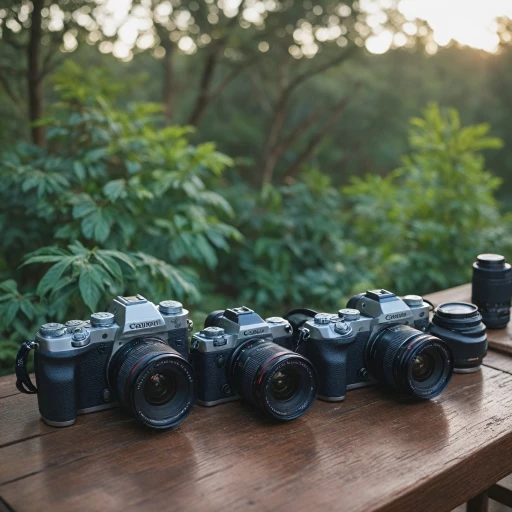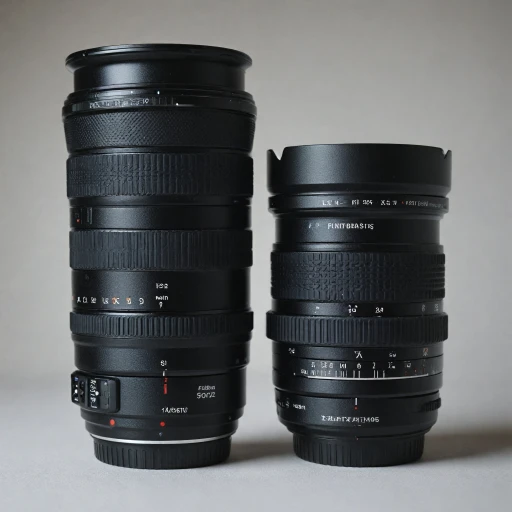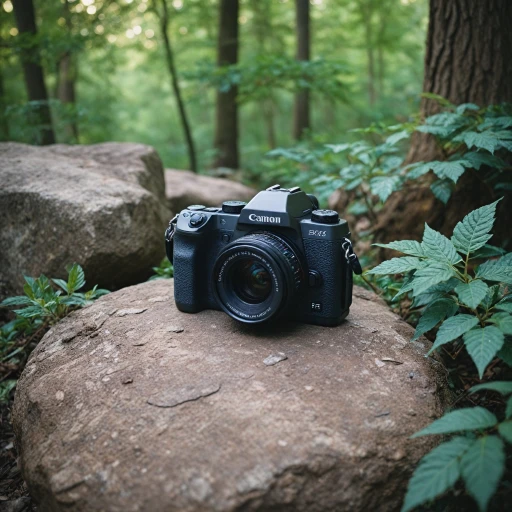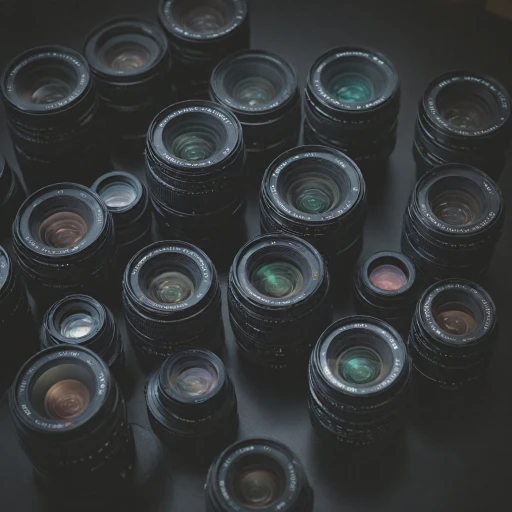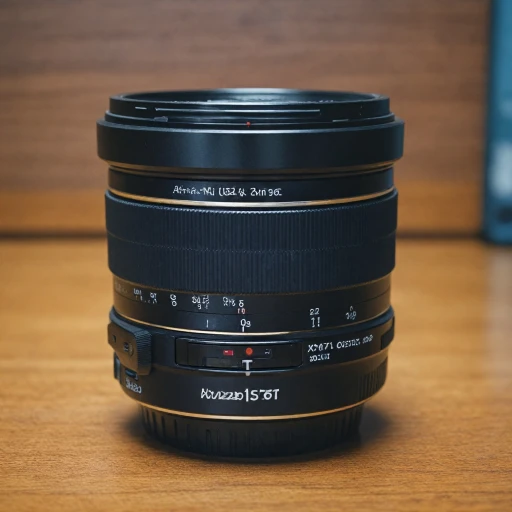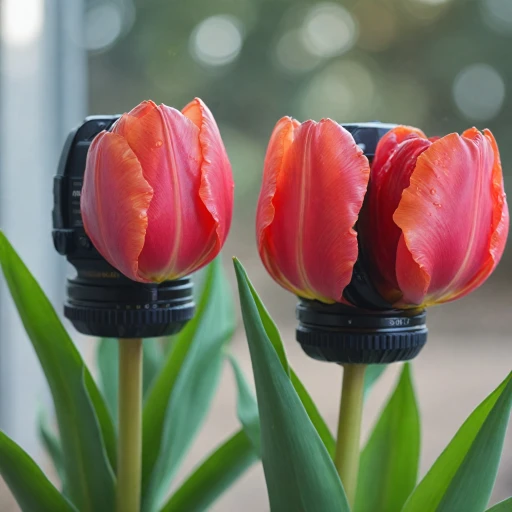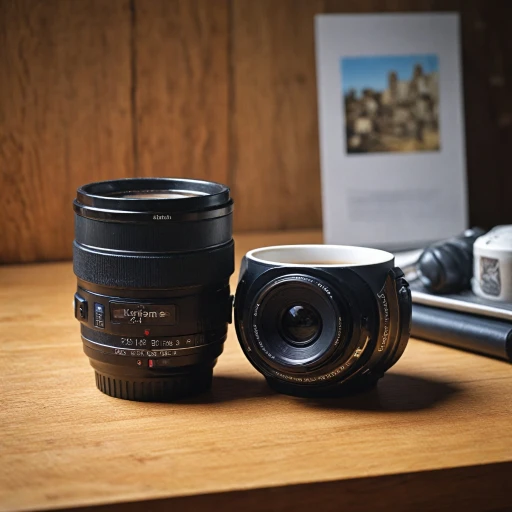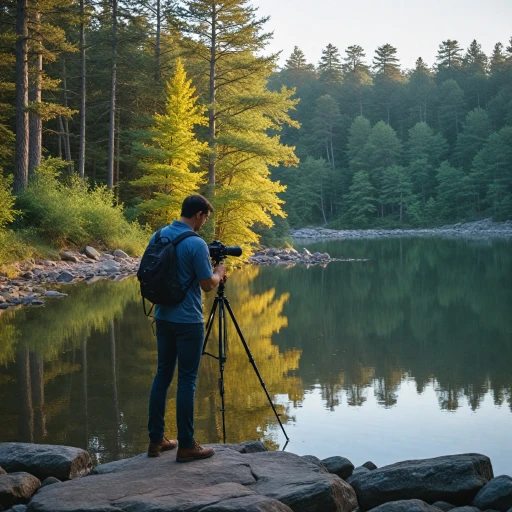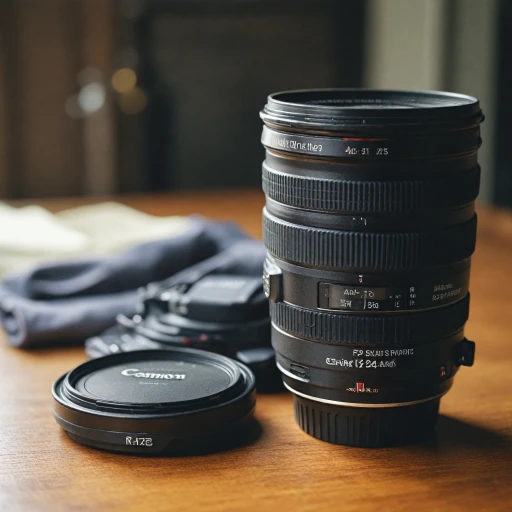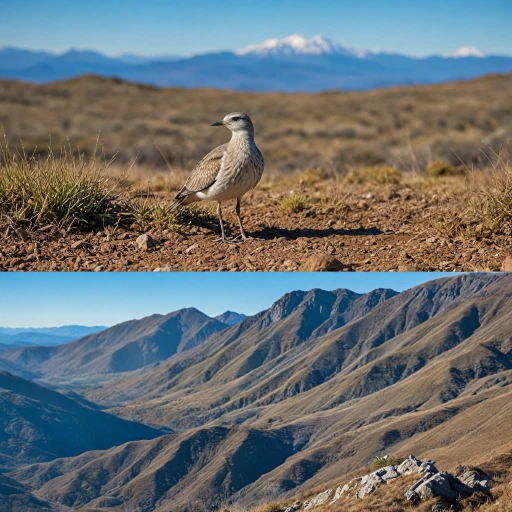
Understanding the 70-300mm Lens
Demystifying the Telephoto Zoom
When considering the range of lenses available, the 70-300mm lens stands out as a versatile piece of equipment for photographers looking to explore various focal lengths. This lens, which can be attached to different camera bodies like Canon, Nikon, Sony, or mirrorless cameras, offers a dynamic zoom range that caters to both beginners and experienced photographers alike.
Often referred to as a telephoto zoom lens, the 70-300mm is prized for its wide-ranging abilities from capturing broad landscapes to getting closer to wildlife without disturbing their natural behaviors. This lens essentially acts as a bridge between standard and super telephoto lenses, providing a range that can handle a variety of photography scenarios.
The 70-300mm lens usually comes with image stabilization technology, reducing the blurriness that can occur in handheld shots. Coupled with this feature, the lens ensures high image quality even in low light conditions, making it a valuable tool for wildlife photography and any situation where lighting might be less than ideal. Notably, Canon and Nikon's USM lens technology are often incorporated to enhance focus speed and precision, which adds to the value of this lens in action-packed environments.
Photographers who utilize a 70-300mm lens benefit from its adaptable nature. Its price range typically offers more accessibility than some of the higher-end lenses, yet it doesn't skimp on delivering excellent performance. Whether you're using a full frame camera or exploring shorter length exposure options, this lens will serve as a reliable component in your gear collection.
For photographers delving into the specifics of lens attachments, it's also useful to understand the difference between a tulip lens vs. hood in digital photography. This knowledge empowers users to maximize their setup, ensuring all equipment parts complement each other to produce optimal results.
Benefits of Using a 70-300mm Lens
The Advantages of a Versatile Telephoto Zoom
When it comes to flexibility and reach, the 70-300mm lens proves to be a versatile contender. Its telephoto zoom capabilities make it stand out, offering a range of focal lengths that appeal to various photography needs and styles. Let's delve into why this lens is an excellent addition to your gear. First, the obvious benefit lies in its ability to cover a wide focal length spectrum—from moderate zoom to substantial telephoto. For wildlife photography, the 70-300mm lens enables you to capture subjects from a distance without compromising image quality. Both Nikon and Canon make versions of this lens, with Nikon incorporating image stabilization and Canon opting for USM focus technology, which enhances speed and precision. The lens isn't limited to wildlife; it performs well in capturing sports and events, bringing distant action up close with clarity. It’s also a favorite among travel photographers who appreciate its compactness compared to larger telephoto options. Telephoto lenses, like those from Tamron, sometimes offer a more budget-friendly price point without sacrificing performance. The Tamron lens in this range is known for sharpness and detailed image quality, making it a top consideration for those entering the telephoto world. Further, this lens offers good performance in low light conditions, which is beneficial when shooting at dawn or dusk. The variable aperture might be challenging, but with some knowledge about exposure and the right camera settings, you can achieve stunning results. Ultimately, the 70-300mm lens combines reach, portability, and reliable performance at a competitive price. It's a lens that promises to meet diverse shooting requirements, making it a valuable piece of equipment, especially for the photog enthusiast. And speaking of enthusiasts, a camera lens coffee mug could be a fun gift to share your passion for photography!Comparing the 70-300mm Lens with Other Lenses
Putting the 70-300mm Lens Up Against the Competition
When comparing the 70-300mm lens to other available lenses, many photographers find it to be a standout option due to its versatility. This telephoto zoom lens offers a remarkable focal length range, enabling photographers to cover both medium and long distances without needing to switch lenses. Here's how it stacks up against other types of lenses:- Focal Length Flexibility: The 70-300mm telephoto lens provides a significant advantage with its zoom capability. Unlike fixed prime lenses, which have a static focal length, this lens allows seamless transitions between different focal lengths, offering adaptability in diverse shooting environments.
- Compatibility: Many manufacturers, including Canon, Nikon, Tamron, and Sony, offer variations of the 70-300mm lens. Whether you're a user of full-frame or crop sensor cameras, you'll find versions with an appropriate mount to fit your setup. This flexibility ensures you can achieve optimal performance, regardless of your camera model.
- Image Quality and Features: Thanks to advancements in lens technology, many modern 70-300mm lenses are equipped with features such as image stabilization, which helps reduce blur in low light conditions, and USM (Ultrasonic Motor) for quick and silent focus. When looking at images captured with this lens, you notice better quality compared to some older telephoto lenses lacking such features.
- Cost Effectiveness: Generally, the price of a 70-300mm lens is reasonable, especially when compared to high-end telephoto lenses. It provides an impressive balance of performance and cost, making it an attractive option for both amateurs and professionals looking for an effective telephoto solution without a hefty investment.
Tips for Maximizing the 70-300mm Lens
Optimize Your Shots with the 70-300mm Lens
The 70-300mm lens offers a broad focal range that can suit diverse photography needs, from wildlife photography to sports and events. However, to make the most of this versatile lens, there are essential tips to enhance your shooting experience and results.
- Mastering Focal Lengths: Understanding how to use different focal lengths can significantly improve your telephoto zoom capabilities. Adjusting your focal length appropriately allows you to frame your subject better and manage your depth of field effectively.
- Using Stabilization Features: Image stabilization is a crucial feature in modern lenses, helping to reduce blur caused by camera movement, especially at longer focal lengths. Employing this feature can improve image sharpness, particularly in low light conditions.
- Lighting Considerations: A 70-300mm lens can perform impressively in various lighting situations, but utilizing optimal light exposure enhances image quality. Experiment with your camera’s aperture settings to balance the exposure, especially for fast-paced wildlife photography.
- Focus and Aperture Management: The USM (Ultrasonic Motor) feature available in many models, including Canon and Nikon lenses, supports quick and silent autofocusing. Combining this with a broader aperture setting can significantly influence your ability to capture crisp images of moving subjects.
- Pairing with the Right Camera Body: Whether you're using a full-frame or mirrorless camera, ensuring compatibility with your lens mount (e.g., Nikon mount or Sony mount) is vital for achieving the best performance. A well-matched camera and lens combination can enhance both autofocus speed and image quality.
- Investing in Quality Accessories: Consider investing in a sturdy tripod when shooting with a telephoto zoom to minimize camera shake. This is particularly important for long exposures or low light conditions, where stability is key.
Keep these practical tips in mind to make the most of your 70-300mm lens, blending its versatility with strategic techniques to produce striking photographic results.


